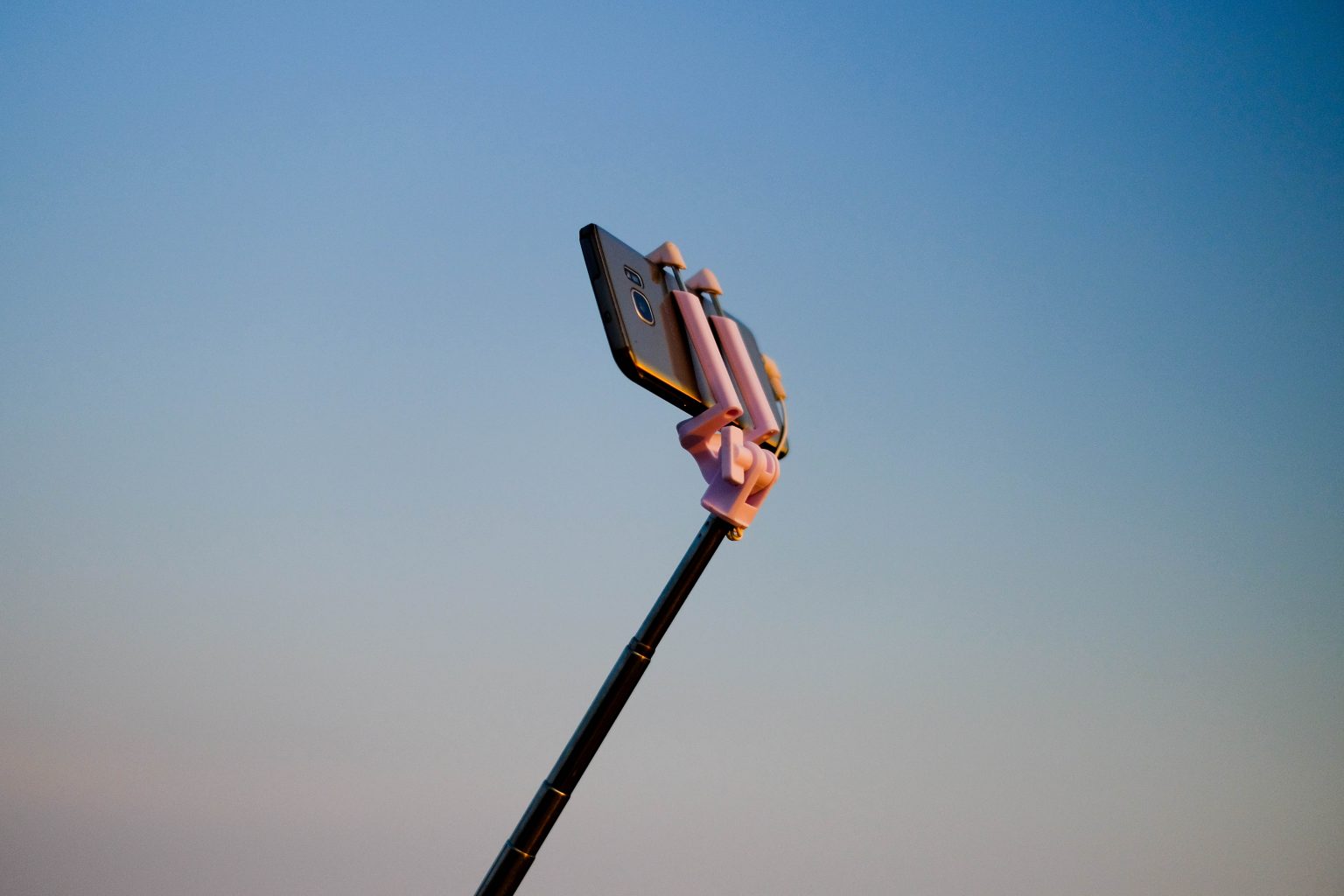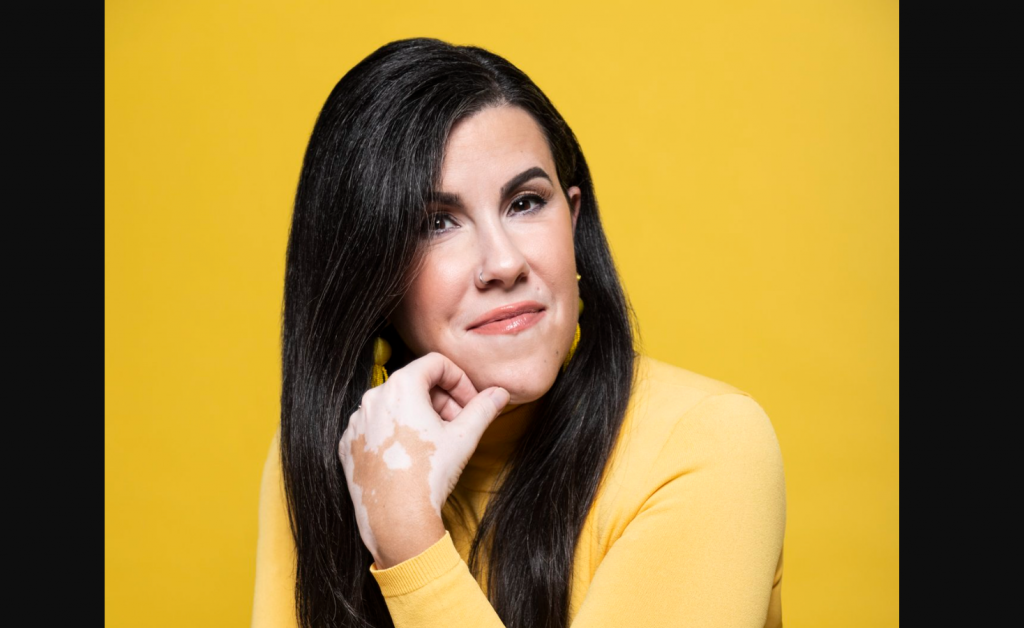A recent study by the Autorité de Régulation Professionnelle de la Publicité, in France, reveals the extent of a (bad) influencer marketing practice: the lack of transparency in relations between brands and influencers.
Influencer marketing is still a recent discipline, yet it represents a market estimated at $10 billion worldwide in 2020. A windfall that necessarily attracts influencers on social networks… at the risk of sometimes taking some liberties with ethics or even legislation in terms of transparency of collaborations.
This is the observation made by the Autorité française de Régulation Professionnelle de la Publicité (ARPP), in the second edition of the observatory of responsible influence. While the first edition, carried out in 2019, was rather a test and remained relatively small (500 content examined), this edition is much more ambitious and representative: at the end of the observatory, 30,318 content were analyzed from 7,013 influencers. Mostly on Instagram (18,803 content) but also YouTube (6,515) and TikTok (5,000).
One in five content is sponsored
Accompanied by members of the profession, the ARPP opted this year for a new methodology combining artificial intelligence and human analysis.
According to the study, nearly one in five (20.94%, or 8,082 publications) analyzed content is a “brand influencers” collaboration. In other words, a commercial communication. The lot includes 12% of major influencers with more than 1 million subscribers, 67% of influencers with between 10,000 and 1 million subscribers and 20% of micro-influencers (fewer than 10,000 subscribers).
Even if the study is based on the French market, we can assume, however, that the order of magnitude should be similar for Canada, especially since francophone publications sometimes overlap between the two continents.
The whole issue for the observatory, at this stage, is to verify that the advertising intention has been revealed in a clear and transparent manner. Verdict?
The challenge of professionalizing influencers
26.57%. More than one in four paid publications did not reveal the commercial partnership to their audience! And for nearly one third (32.16%), the transparency effort is present… but can be improved. In the end, only less than half of the content is considered compliant by the observatory.
In detail, the analyses conducted revealed that non-compliance with the rules was more the result of low-audience influencers (43% breach of transparency rules for those with fewer than 10,000 subscribers).
Conversely, the more the influencer has a strong audience, the more he or she controls the rules of transparency (only 12.55% of content does not reveal the commercial intention for influencers with more than 1 million subscribers). Hence the challenge of professionalization and the dissemination of good practices to the entire ecosystem.
With a higher proportion of deficiencies among influencers whose audience is less than 10,000 subscribers, the Observatory’s results reflect an issue with a strong educational dimension. In response, the profession decided to launch the Responsible Influence certificate to promote content creators with high ethical standards,” says Mohamed Mansouri, Deputy Director of ARPP.
On the basis of these findings, the ARPP, in partnership with Media Institute, has just launched a certificate of responsible influence to enable influencers to master the legal and ethical framework, protect their audiences and differentiate themselves with trademarks.
The growing mistrust among citizens regarding excessive consumption, brands and advertising is pushing brands to take their share of responsibility and to engage in a global CSR approach that includes more ethical and responsible communication. This initiative will raise awareness among all communication stakeholders and train influencers on good practices,” adds Jérôme Israël, Managing Director of Media Institute.
The ARPP states that the deficiencies observed during the survey resulted in interventions with the influencers concerned, in order to inform them of the non-conformances and ask them to remedy them.




